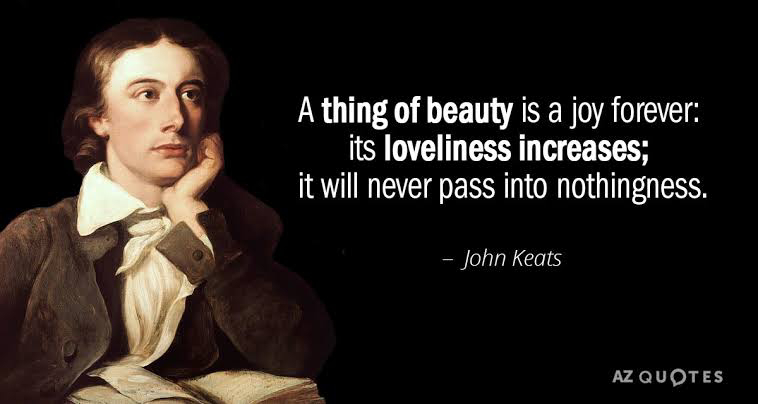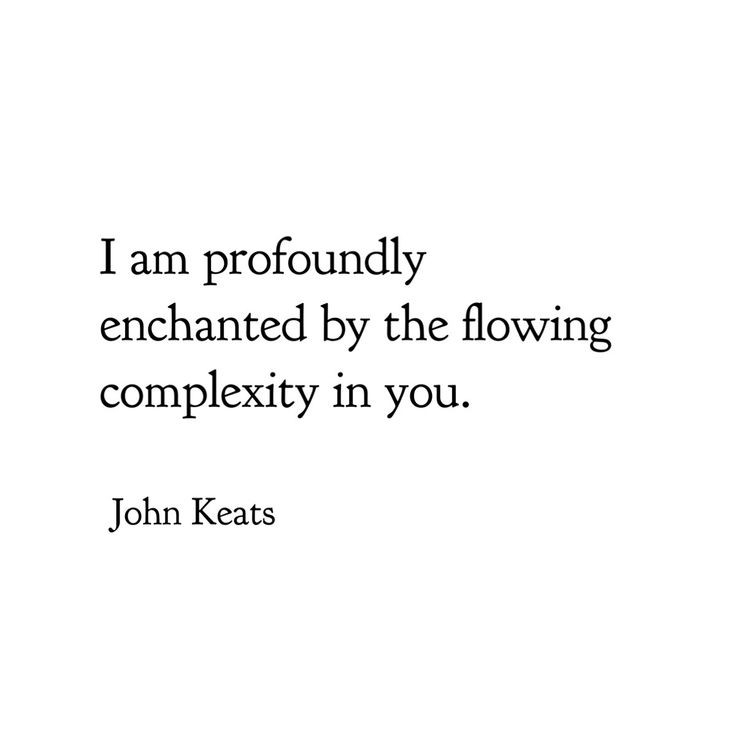John Keats: A Critical Exploration of Romantic Poetry
Hello Learners
This blog is based on a thinking activity given by Megha ma'am ( assistant professor mkbu) . In this blog we will critically examine John Keats as romantic poet and his eminent works
You can check teacher's assigned task by clicking here to get more clarity about this blog.
John Keats, one of the preeminent figures of the Romantic era, left an indelible mark on English literature through his profound and evocative poetry. Born in 1795, Keats emerged as a prominent voice during the early 19th century, a period characterized by a fervent reconnection with nature, deep emotional expression, and a fascination with the sublime. This essay aims to critically examine Keats's role as a Romantic poet, emphasizing key themes, poetic techniques, and the lasting impact of his works on the Romantic movement.
One of the defining characteristics of Romantic poetry is a profound appreciation for nature. Keats was no exception, as his poetry vividly captures the beauty and power of the natural world. In poems like "Ode to a Nightingale" and "To Autumn," he celebrates the sensory and emotional richness of nature. Keats immerses readers in the world of nightingales and ripening fields, inviting them to contemplate the transcendental and timeless aspects of existence. His poetic mastery lies in his ability to evoke profound emotional responses by describing the natural world in vivid and sensuous language. Moreover, Keats's poetry embodies the Romantic emphasis on intense emotional experience. His exploration of human emotions, especially in love and suffering, resonates deeply with the Romantic ideals. In "Bright Star," he expresses the enduring and transcendent nature of love, juxtaposing it with the fleeting nature of human existence. The theme of unattainable love and the pain it entails is prevalent in many of his works, notably in "La Belle Dame sans Merci" and "The Eve of St. Agnes." Through these poems, Keats delves into the complexities of human emotions, portraying love as both a source of ecstasy and agony.
Keats's emphasis on imagination and the visionary is another hallmark of Romantic poetry. His "Ode to a Grecian Urn" showcases this aspect beautifully. In this ode, he examines the notion of timeless art and the power of imagination to transport the viewer into another realm. The frozen scenes on the urn become a metaphor for the eternal beauty of art, inviting the reader to engage their imaginative faculties to explore the stories and emotions within the artwork. Keats, like other Romantics, believed in the transformative power of the human imagination to transcend the limitations of reality.
The sublime, a central theme in Romantic literature, finds its expression in Keats's works as well. In poems such as "On First Looking into Chapman's Homer" and "To Sleep," he explores the idea of awe and wonder in the face of the unknown and the mysterious. These poems convey a sense of spiritual elevation and a connection to something greater than the self. Keats's evocative descriptions and use of vivid imagery heighten the reader's sense of the sublime, making them feel as if they too are experiencing the profound and overwhelming emotions described in the poems.Keats's poetic techniques also align with the Romantic tradition. He often employed vivid and sensory imagery, making use of rich and musical language to evoke emotions and create a sense of atmosphere. His use of the Spenserian stanza, as seen in "The Eve of St. Agnes," demonstrates his mastery of form and structure. The careful selection of words, intricate rhyme schemes, and melodic rhythms all contribute to the musicality and emotional resonance of his poetry.
Furthermore, Keats's emphasis on individual subjectivity and personal experience aligns with the Romantic belief in the importance of the individual. He did not merely describe the external world but used it as a canvas to explore the inner workings of the human soul. His letters and journals provide valuable insights into his own creative process and the depth of his emotions, further highlighting the Romantic emphasis on introspection and self-expression.
John Keats's impact on the Romantic movement and English poetry as a whole cannot be overstated. His work, while appreciated during his lifetime, gained even greater recognition and influence in the decades that followed. His exploration of nature, emotions, imagination, and the sublime set a high standard for Romantic poetry. Keats's ability to blend lyricism with profound philosophical themes ensured that his poetry continues to resonate with readers and scholars alike.
In conclusion, John Keats remains a quintessential Romantic poet, embodying the spirit and ideals of the Romantic era through his profound engagement with nature, intense emotional expression, imaginative exploration, and the sublime. His poetry transcends time and continues to inspire generations of readers and poets. Keats's contributions to English literature, deeply rooted in Romanticism, serve as a testament to the enduring power of poetry to capture the essence of human experience and the beauty of the natural world.
References
How keats write his poem , video by Nerdwriterclick here to watch .
keats poems published from poetry foundation.








Comments
Post a Comment